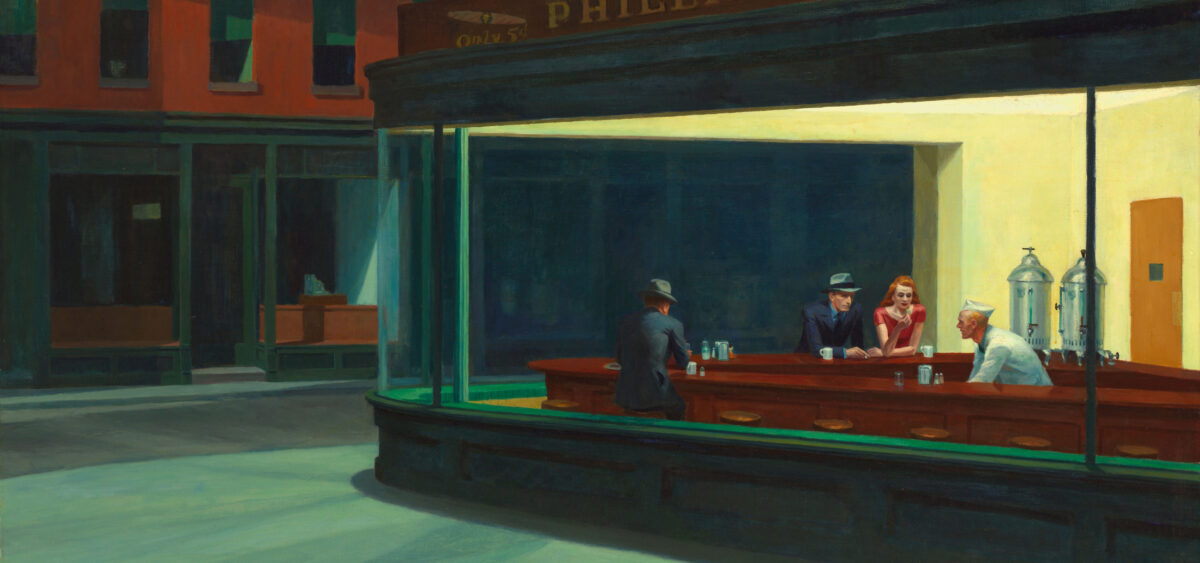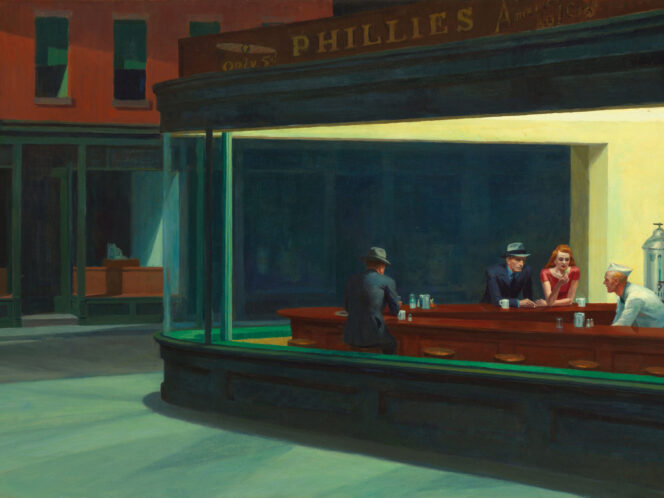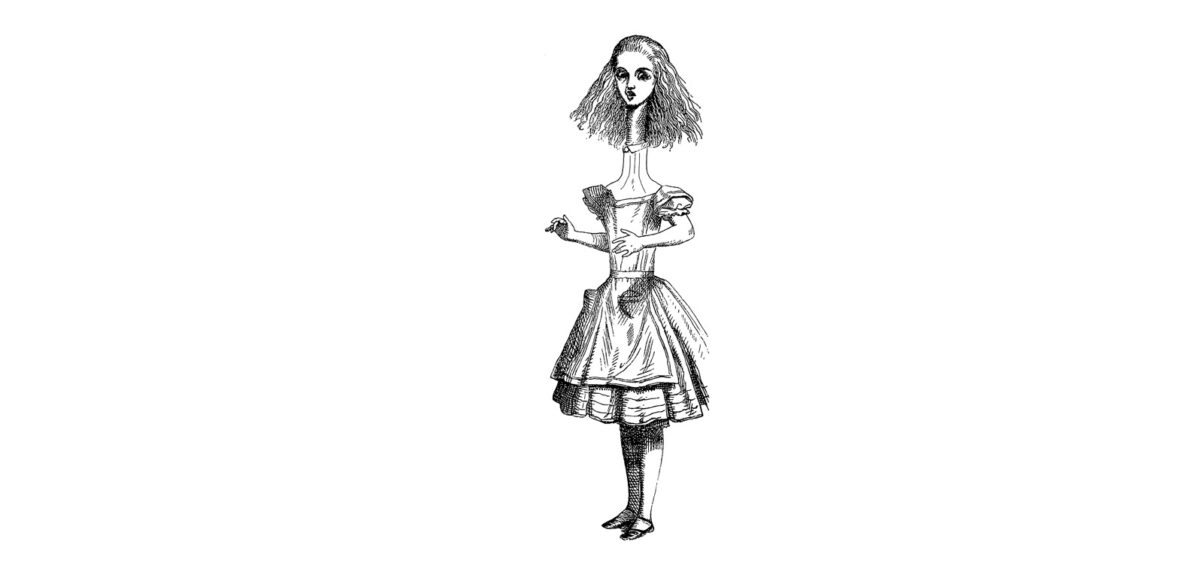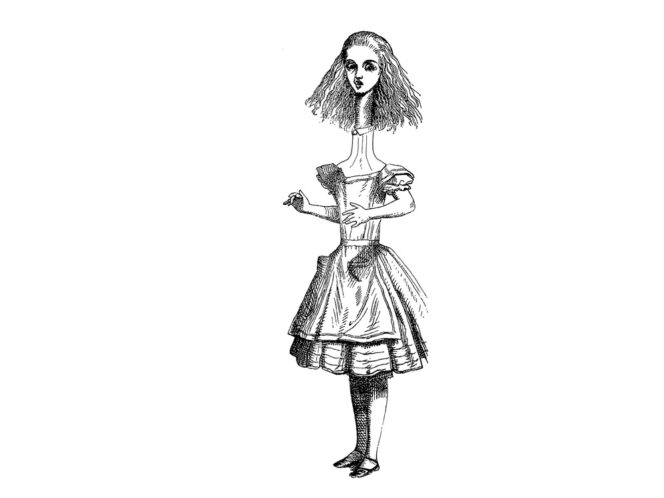
It doesn’t matter who dreamed them up: a fantasist, thoughtful scientist, idealist or corporation. Nor does it matter whether there was a happy outcome. The boldest visions of future cities – cities that were never built – were driven by desire. And they never became reality because we simply didn’t want it badly enough.
The ‘city of the future’ is a challenge, not a promise. The creation of tomorrow heralds changes, a reconstructed life – and change is always followed by fear. Because in this new world, we’d have to be different, too. The most famous architects of future urban landscapes all seem to have had the same blind spot – they failed to appreciate the extent of human anxiety and attachment to what’s already there. Futurists believe that change is possible and they want to be the ones setting its course. We know that change is unavoidable, and we often prefer to go with the flow rather than actively participate in designing it.
This is why the future as proposed by visionaries in the form of a reshaped metropolis arrives step by step, through the back door. Every one of those people managed to leave their mark on the universe, slightly altering its course.
Concepts of new cities, even those long-buried, are worth re-examining. Even if just for the magnificent exercise in imagination that they offer. Also because our life today was built on the ideas someone dreamed up yesterday. Whether we want it or not, we are someone else’s future.
Octagon City: An oasis of longevity, providence and vegetarianism
On 26th March 1856, a Daily Missouri Democrat journalist wrote about the peculiar crowd going up the Missouri River towards a new settlement about 40 miles from Fort Scott in Kansas. He noted that the group consisted of thrifty, industrious and intelligent people. The travellers were the first group of settlers in the (yet to be set up) Octagon City. Their job was to build municipal and industrial infrastructure, as well as prepare the area, located almost perfectly in the centre of today’s United States, for welcoming its new inhabitants. The city – designed on an octagonal plan – was supposed to become the birthplace of a new model of living that would later spread across the whole country.
Every one of the pilgrims participated in building the future. Less than a year prior, in May 1855, two companies were set up in New York: Vegetarian Kansas Emigration and Octagon Settlement Company. There, people could buy shares in this revolutionary – and universally beneficial, as many believed – endeavour. One share cost $5 and equalled one acre of land. Every citizen was allowed to buy 20 to 240 shares on the condition of agreeing to the rules of Octagon City: shared income and investments, the transfer of profits to a trade development fund, wages paid in coupons that could be used as currency in shops and parlours. Every citizen would be granted one vote in collectively-made decisions about the city.
Future inhabitants also had to accept the moral code that Octagon City was expected to follow. The pilgrims were going to an oasis of longevity and providence; an oasis of healthy eating and vitality based on guidelines found in the Bible. Among these rules were modesty and abstemiousness, giving up tea and coffee (not to mention alcohol),








